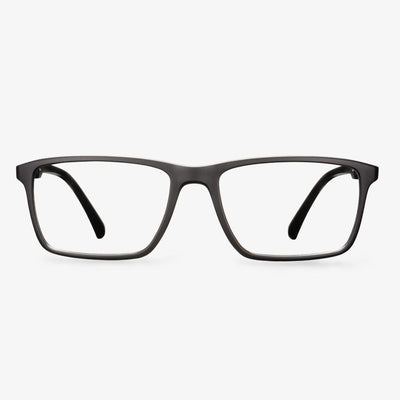Can I Help My Eyes Adjust New Glasses Quickly
To make your eyes adjust to the new glasses quickly, the best way is to wear them. As long as you are awake up, put on the new glasses and do not wear your old glasses.
There are many types of bifocals.
According to the manufacturing means, bifocals can be divided into separate bifocals, gluing bifocals, fusion bifocals, E-type bifocals, or one-line bifocals. The separation one is a simple type of bifocal lens. Two lenses of different strength were used to make it be in the center of the distal and proximal vision areas.
Select qualified optical lenses.
Anti-blue light lens must be qualified optical lens first and must have a certain percentage of anti-blue light effect. The general anti-blue light optical lens effect is about 30%. Even if it is not nearsighted people, it is best to choose the brand lens of reliable optical lens production enterprises. Anti-blue light lens is only suitable for people who use electronic display devices such as computers for a long time and is not suitable for patients with visual fatigue symptoms.
How to clean a contact lens case?
Avoid cleaning contact lens cases with running water. Tap water contains a number of chemicals that can be harmful to contact lenses, as well as microorganisms such as bacteria. Please rinse and disinfect with boiling water. Use contact lens solution before cleaning. Let it dry. Make sure the contact case dries naturally before you use it. Stay away from cosmetic bags. It is to avoid that your contact lens case is contaminated by cosmetic bags. Some dust from cosmetic products can easily contaminate contact lens cases, so stay away from cosmetics.
Eye problems that may occur while driving.
Visual fatigue and xerophthalmia: when driving, the spirit and eyes are in a highly tense state, reducing the blink of an eye, which will easily cause eye fatigue and xerophthalmia. Flash glare -- car headlights and city light pollution -- can cause serious damage to the eyes. UV damage: UV radiation is strong when driving in the daytime, especially in the plateau and snow weather. Nocturnal myopia: nocturnal light is insufficient, so it can make the eye pupil dilate, causing nocturnal vision to drop influence driving safety.
What are night driving glasses?
Night driving glasses, also known as night vision goggles, are available in many optical shops or online shops. The color of the lenses ranges from pale yellow to amber, and some night driving glasses also have anti-reflective coatings.
Night driving glasses reduce glare by scattering and filtering blue light. Blue light is the light with the shortest wavelength in the spectrum and is more likely to cause glare when it enters the eyes. Night driving glasses are usually non-prescription glasses with yellow lenses. They usually add some kind of anti-reflective coating to eliminate reflections from street lights and oncoming headlights, which can cause glare.
These yellow night driving glasses have been manufactured and sold for decades. It was originally sold to hunters as shooting glasses. Because in cloudy or overcast conditions, they can make the contrast between the birds and the sky more vivid.
Eyemart Express
Eyemart Express was founded with the clear goal of providing people with affordable, fast eyeglasses of the day. That has been their focus for 30 years and will continue to be their focus as they look to the future. Seeing things clearly is often life-changing, and they're dedicated to helping you see some of the greatest moments of your life. In short, Eyemart Express, they do not only hire talented staff. They invest in them. Their optical training and development program is designed to make their staff improve. They strive to develop insightful and intelligent leaders in workplaces and communities. They built a proud culture based on a clear set of principles: trust, compassion, openness to chances, and development. In short, they believe that developing great people creates the best environment for their business, their products, and most importantly, their customers.











































